The Psychology of Workplace Motivation: What Drives Success?
Motivation is the driving force behind productivity, innovation, and job satisfaction in the workplace. Understanding what truly motivates employees can help organizations create a thriving environment where individuals feel engaged, valued, and inspired to perform at their best. From intrinsic factors like personal growth to extrinsic rewards such as salary and recognition, workplace motivation is shaped by a variety of psychological principles. In this blog post, we explore the science behind motivation and practical strategies for fostering a highly motivated workforce.
The Science Behind Workplace Motivation
Psychologists have long studied what drives human behavior, and workplace motivation is no exception. Two major types of motivation influence employee performance:
1. Intrinsic Motivation: The Inner Drive for Success
Intrinsic motivation comes from within—it’s the desire to succeed for personal satisfaction rather than external rewards. Employees with high intrinsic motivation find meaning in their work, seek personal growth, and enjoy overcoming challenges. Key factors include:
- Purpose: Employees who feel their work has meaning and contributes to a greater goal are more engaged.
- Autonomy: Having control over tasks and decision-making increases motivation and job satisfaction.
- Mastery: The opportunity to develop skills and improve performance keeps employees driven and invested.
2. Extrinsic Motivation: The Power of Rewards
Extrinsic motivation is driven by external factors such as salary, bonuses, promotions, and recognition. While it plays a significant role in workplace motivation, relying solely on extrinsic rewards can sometimes lead to short-term engagement rather than sustained performance. Common extrinsic motivators include:
- Financial Incentives: Competitive salaries, bonuses, and performance-based rewards.
- Recognition and Praise: Acknowledging employee achievements boosts morale and motivation.
- Career Growth Opportunities: Promotions, training programs, and career advancement keep employees striving for success.
Key Psychological Theories of Motivation
Several psychological theories help explain what drives motivation in the workplace:
1. Maslow’s Hierarchy of Needs
Maslow’s theory suggests that employees are motivated in stages, starting with basic needs and progressing toward self-actualization:
- Physiological Needs: Fair wages, comfortable working conditions.
- Safety Needs: Job security, health benefits, a stable work environment.
- Belongingness: Strong workplace relationships, teamwork, and a positive culture.
- Esteem Needs: Recognition, promotions, and personal accomplishments.
- Self-Actualization: Opportunities for creativity, personal growth, and leadership roles.
2. Herzberg’s Two-Factor Theory
Herzberg identified two factors that influence motivation:
- Hygiene Factors: Salary, job security, company policies—these prevent dissatisfaction but don’t necessarily increase motivation.
- Motivators: Challenging work, recognition, and growth opportunities—these drive long-term motivation and satisfaction.
3. Self-Determination Theory (SDT)
SDT emphasizes the importance of three psychological needs:
- Autonomy: Employees want control over their work.
- Competence: Employees need to feel capable and skilled.
- Relatedness: Employees thrive when they feel connected to their colleagues and the organization.
How to Foster Workplace Motivation
Understanding motivation is one thing—applying it is another. Here are actionable strategies to create a motivated and high-performing workplace:
1. Set Clear Goals and Expectations
Employees are more motivated when they understand what is expected of them. Use SMART (Specific, Measurable, Achievable, Relevant, Time-bound) goals to provide clarity and direction.
2. Offer Growth and Development Opportunities
Providing training programs, mentorship, and career advancement opportunities keeps employees engaged and committed to their roles.
3. Recognize and Reward Achievements
Regularly acknowledge employees’ efforts through praise, bonuses, or awards. Simple gestures like a thank-you email or public recognition can significantly boost morale.
4. Encourage Autonomy and Ownership
Giving employees the freedom to make decisions and take initiative fosters a sense of responsibility and empowerment, leading to higher motivation.
5. Build a Positive Work Culture
A supportive and inclusive work environment where employees feel valued and heard enhances motivation. Promote open communication, teamwork, and work-life balance.
6. Provide Meaningful Work
Help employees connect their work to a larger purpose. When employees understand how their contributions impact the company and society, they feel more fulfilled and motivated.
7. Foster Strong Leadership
Leaders play a crucial role in employee motivation. Supportive, empathetic, and inspiring leaders create an environment where employees feel encouraged and motivated to succeed.
Conclusion
Workplace motivation is a powerful force that drives individual and organizational success. By understanding the psychology behind motivation and implementing effective strategies, businesses can create a work environment that inspires employees to perform at their best. Whether through meaningful work, growth opportunities, or recognition, fostering motivation leads to happier, more engaged, and more productive employees. After all, a motivated workforce is the foundation of a thriving organization.
Contact us to learn more about corporate training opportunities: (416) 489- 8946 / [email protected]


No responses yet